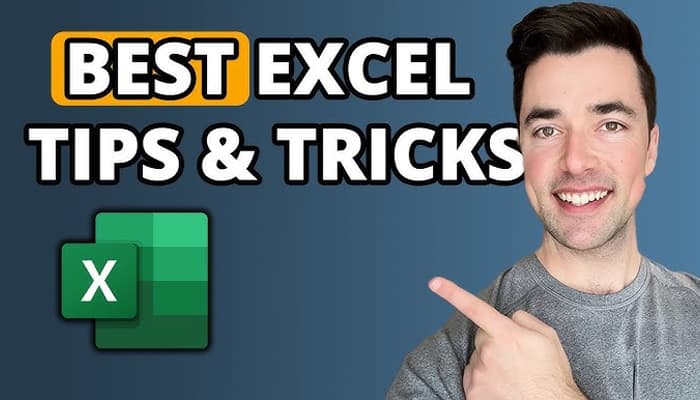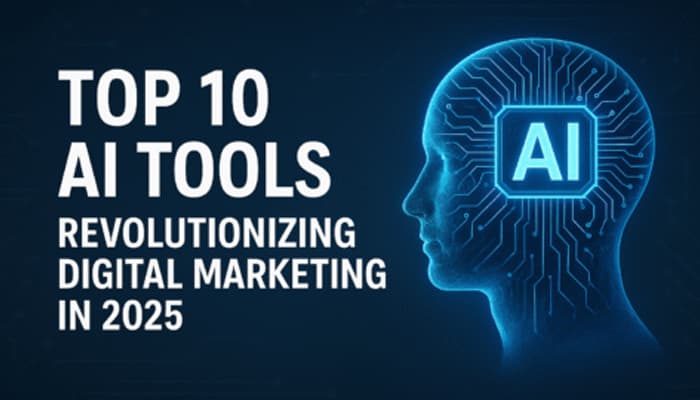
Once upon a time, learning a new skill meant signing up for a college course, buying expensive textbooks, and sitting through endless lectures. Today? The rules have changed. If you’ve ever wanted to master Excel, Python, or even the latest AI tools, you don’t need a degree—or a fortune—to do it. You just need the right approach, a little consistency, and a curious mind.
Whether you’re trying to boost your resume, switch careers, or simply keep up with the times, these three skills are game changers. The good news? They’re all learnable at home, on your own terms. Let’s talk about how to make it happen.
Why Excel, Python, and AI Tools Matter
Before we dive into the “how,” let’s get clear on the “why.” Excel is the universal language of business. From finance to marketing, knowing your way around spreadsheets can make you look like a wizard in the office. Python? It’s the backbone of automation, data analysis, and, yes, even AI development. And speaking of AI—tools like ChatGPT, MidJourney, and others are reshaping how we work. Knowing how to use them effectively can put you miles ahead of the competition.
In short, these aren’t just skills—they’re career accelerators. And the best part? You can learn them without sitting in a classroom.
Start with the Right Mindset

Here’s a truth most people don’t realize: you don’t need to learn everything. You just need to learn enough to be useful. Too many beginners quit because they think they have to become an expert overnight. Forget that. Your goal isn’t to write a 1,000-line Python script on day one—it’s to take small steps and build confidence.
Start with a problem you actually care about. Want to track your budget? Learn Excel formulas that make sense for your finances. Want to automate a boring task? Write a simple Python script for it. The fastest way to learn is by doing something that feels useful right away.
Excel: Your First Power Move
Excel isn’t just rows and columns—it’s a powerhouse for organizing and analyzing data. But you don’t need a three-month course to get started. Begin with the basics: formulas like SUM, IF, and VLOOKUP. Then move to features like pivot tables and conditional formatting. These alone can make you look like a pro in most workplaces.
And here’s the secret: YouTube is your best friend. Search “Excel tips for beginners,” and you’ll find thousands of tutorials—free. Pick one skill, practice it, and then move on to the next. In a few weeks, you’ll know more than most people who’ve been using Excel for years.
Python: Easier Than You Think

Python has a reputation for being beginner-friendly, and it lives up to the hype. You don’t need a math degree or a computer science background to start. All you need is a laptop and a free coding environment like Google Colab or Jupyter Notebook.
The trick is to keep it simple. Start with “Hello, World,” then move to small scripts like renaming files or automating emails. As you gain confidence, explore libraries like pandas for data analysis or matplotlib for charts. If you’re curious about AI, Python is your gateway to machine learning.
And remember: don’t just watch tutorials—write the code. The fastest way to learn is by doing. Break things, fix them, and celebrate small wins.
AI Tools: The New Essential

AI tools like ChatGPT, Claude, or image generators might feel intimidating, but they’re easier to master than you think. Start by using them for things you already do—writing emails, summarizing documents, brainstorming ideas. Then go deeper. Learn how to prompt effectively so you get the best results. Explore features like plugins or automation integrations.
If you want to impress, combine AI with the other skills you’re learning. Imagine writing Python scripts that call AI APIs or building smart dashboards in Excel that summarize data with AI insights. These hybrid skills are in huge demand—and you don’t need a single college credit to learn them.
Where to Learn (for Free or Almost Free)

You don’t need a fancy bootcamp to learn these skills. Here are some easy ways to start:
YouTube channels like Leila Gharani for Excel or Corey Schafer for Python.
Free platforms like Kaggle for coding exercises or Google’s AI tutorials.
Communities like Reddit, Discord, or LinkedIn groups where learners share tips.
Practice projects you care about—budget trackers, task automations, content plans.
There’s also MOOCs (Massive Open Online Courses) like Coursera or edX that offer free versions of their classes. If you want a certificate, you can pay, but learning itself? Zero cost.
How to Stay Consistent

Here’s the hardest part: sticking with it. The trick is to make it a habit, not a marathon. Spend 20 minutes a day practicing instead of cramming for three hours once a week. Apply what you learn immediately. If you learn a new Excel formula today, use it in your next spreadsheet. If you learn a Python trick, automate something small in your life.
And don’t fear mistakes—they’re part of the process. In fact, the best coders and data pros are just really good at Googling solutions when things break.
The Big Picture
Degrees are great, but they’re not the only path anymore. Skills are the real currency now, and you can build them on your own terms. With free resources, practical projects, and the right mindset, you can go from beginner to job-ready in months, not years.
So, why wait? Open Excel and play with a formula. Write your first Python script. Try an AI tool for your next big idea. The future belongs to people who can learn fast and adapt—and that can be you, no degree required.
